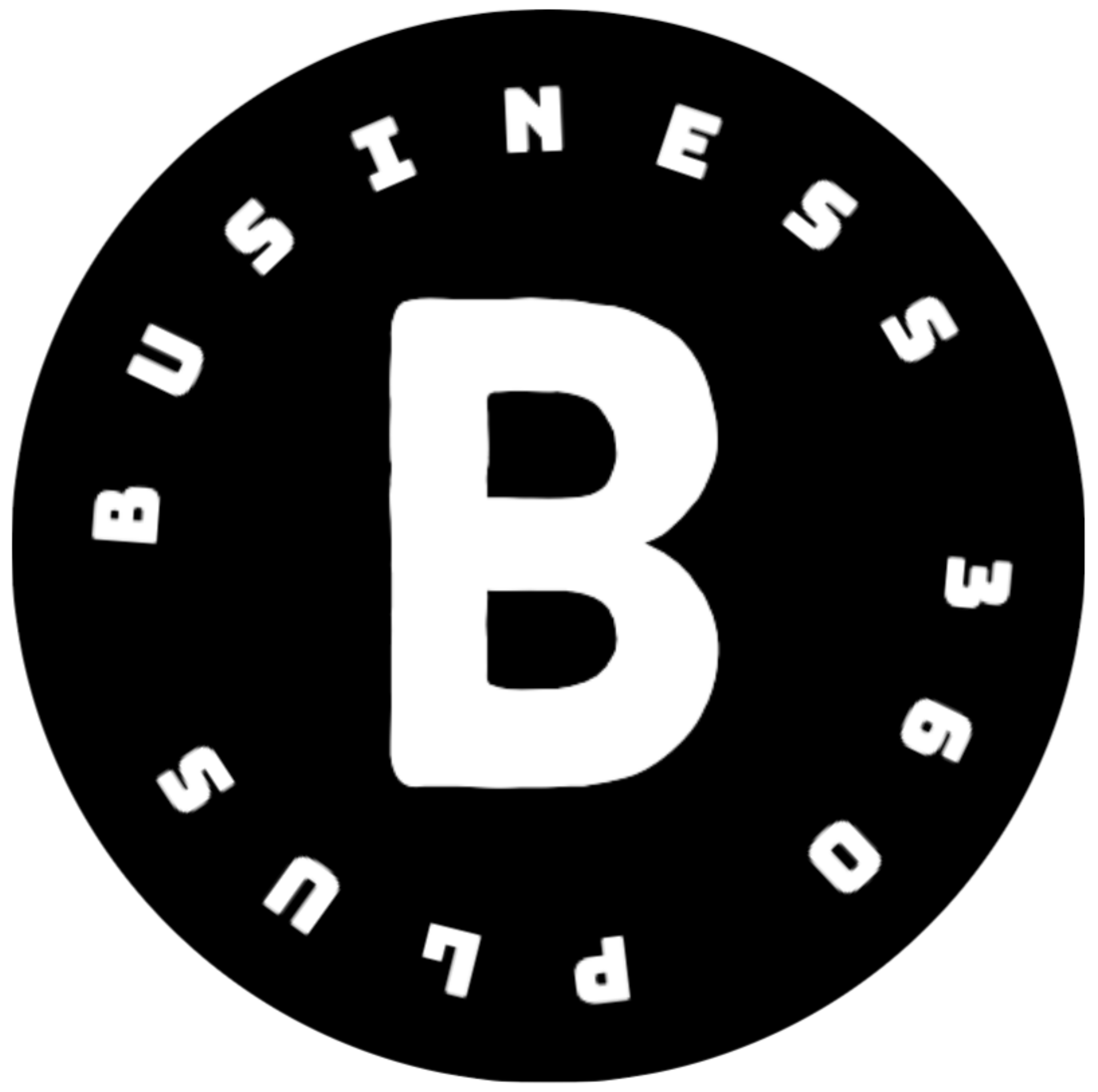It’s simple to forget that thousands of people work on their aspirations daily to be full-time creator. Making friends and gaining new ideas are possible when you connect with a maker community. Comparing your workflow with others’ is also made easier by looking at how other business owners organize their time and work.
Information on full-time creator
We have some stats for you if you’re the one who is interested in learning what it’s like to become successful or a full-time creator who wants to know they’re not alone. What we discovered about how full-time creators manage their enterprises is detailed below.
1. Most full-time creators have spent at least three years growing their audience.
- In most businesses, the rule of thumb is that slow and steady wins the race. With some spending a decade or more on their business, 67% of full-time creators began expanding their audience more than three years ago.
- Some creators transition to full-time employment as soon as they begin to build a following, such as the 10% of full-time creators who began their careers less than a year ago.
- Keep in mind that your path and timing are unique. Write your definition of success with appropriate goals rather than trying to live someone else’s dream.
2. The most successful creators employ scalable audience growth techniques.
- For audience involvement, full-time producers use 3.4 channels on average. Though not every creator uses the same channels.
- Since social media algorithms are continuously changing and there is an incentive to produce frequently, using social media for promotion can be challenging.
- We saw that tactics altered as creator income rose.
- Top earners employ scalable growth channels rather than spending more time posting on Instagram. Word-of-mouth and SEO are two methods full-time artists who make more than $150,000 annually use.
- Different producers choose various social media sites, including bloggers, writers, and coaches.
3. Social media is not as crucial to a business as email is.
- Email is another crucial medium for full-time producers.
- Email received an 8.3 out of 10 rating from full-time creators, higher than social media.
- Additionally, prioritize email subscribers over social media followers.
- It pays to have a plan made, when building buzz by word of mouth.
- Weekly is the most common cadence used by professionals with email lists, who send messages regularly at a rate of 66%.
4. For full-time creators, money is (understandably) their priority.
- Being a full-time creative and taking complete responsibility for your income into your own hands is beautiful and terrifying.
- Even with the safety net in place, expanding a firm after the initial surge of confidence came at an emotional cost.
- It seems natural that economics are on their minds as full-time creators.
- They frequently rely on their business as their primary source of income.
- Growing one’s income is the top objective for 60% of respondents who identify revenue as their top success criterion.
5. Full-time creators have a variety of offerings and materials.
- Professional content producers produce 4.4 distinct forms of content on average, with social media postings, emails, blog entries, and short videos among the most popular categories.
- All that content is in addition to their revenue-generating activities, with full-time authors having an average of 2.7 sources of income.
- The two most common sources of income are services and digital goods, with physical goods and affiliate marketing rounding out the top four.
- Over seven different types of content and revenue sources are managed by full-time creators simultaneously.
6. Most full-time artists work by themselves.
- Being a creator may be a lonely endeavor. Our poll results confirm that. Most artists are lone workers.
- While some creators have developing teams, it’s typical for creators to do everything independently.
- You must have a detailed, written procedure for every action you take that anyone can follow.
- Your processes should be sufficiently detailed to allow untrained individuals to follow the steps and achieve the intended outcome without further assistance.
7. The most challenging aspect of being a full-time artist is burnout.
- Even though being creative is enjoyable, there are obstacles to overcome.
- Less creation and limited creativity were the creators’ most frequent outcomes of burnout.
- Know that you can make your way back to a better placeyou, feelling burnt out.
- Professional creators discussed their efforts to prevent burnout by spending more time with their families.
- Getting outside, handling stress with movement, self-reflection, and devoted breaks.

